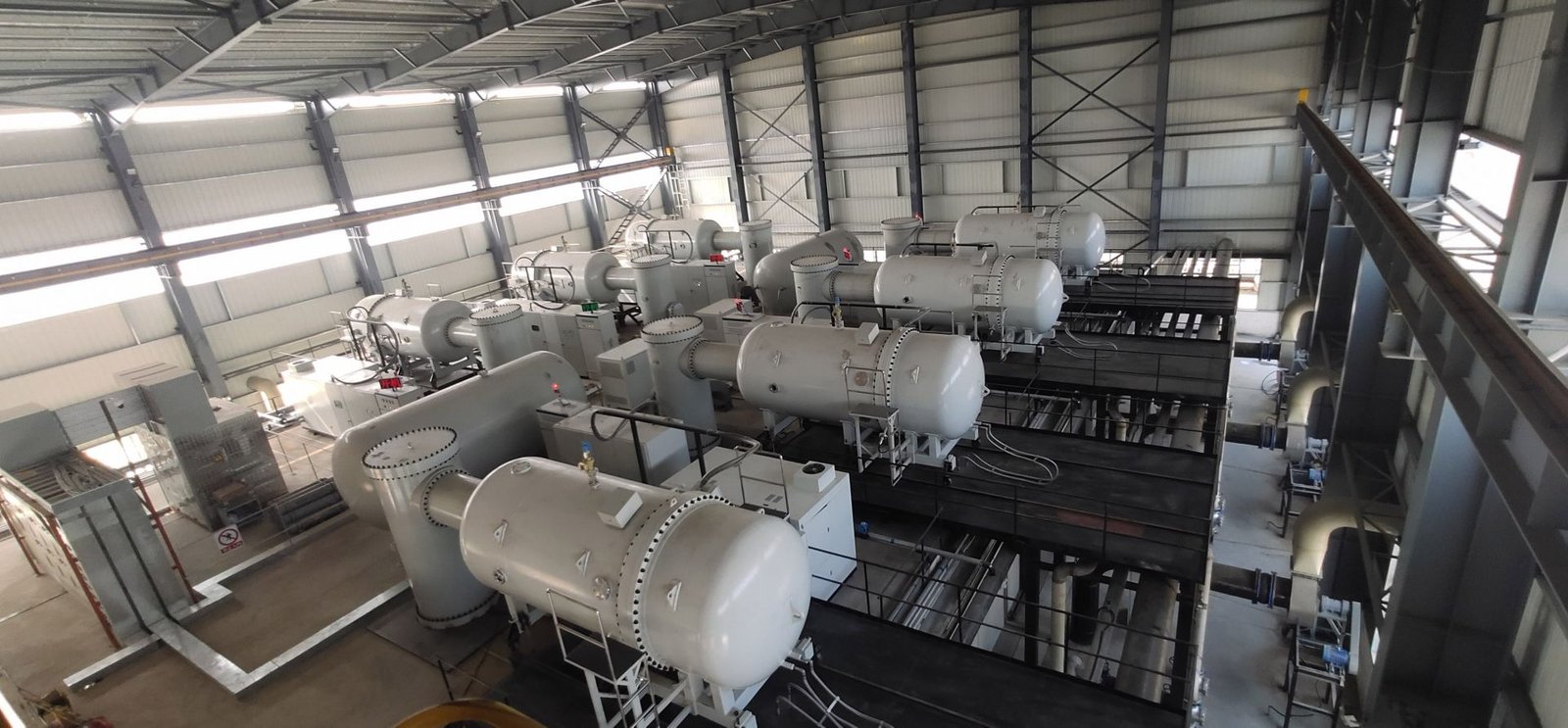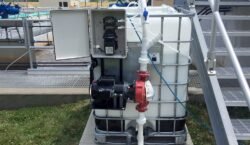Minneapolis Wastewater Treatment Plan
Minneapolis Wastewater Treatment Plant: Guardian of the Mississippi Waters
Introduction
Water is an essential component of life, and its purity determines the ecological health and sustainability of any region. In Minneapolis, the Minneapolis Wastewater Treatment Plant (MWTP) plays a crucial role in maintaining water quality, protecting ecosystems, and ensuring public safety. This article delves into the significance of the MWTP, its operations, technological advancements, and its impact on the community and the environment. Additionally, we’ll explore the challenges faced by the plant and envision future directions in wastewater treatment.
Background and History
The origins of wastewater management in Minneapolis can be traced back to the late 19th century. Rapid urban development and population growth necessitated systematic waste disposal mechanisms. Initially, untreated sewage was directly discharged into the Mississippi River, leading to severe pollution and health hazards. Recognizing the urgent need for sanitary infrastructure, city planners established a rudimentary sewage treatment system in the early 1900s.
However, as environmental consciousness grew and regulations tightened, more sophisticated and efficient treatment processes were required. This led to the establishment of the MWTP in the mid-20th century, which has since undergone numerous upgrades to meet evolving demands and regulatory standards.
Technological Evolution and Operations
Primary Treatment
The initial stage of wastewater treatment at MWTP involves primary treatment, which focuses on the removal of solid materials. Wastewater first passes through screens that catch large debris such as rags, sticks, and plastics. These are subsequently disposed of in landfills.
Following screening, the water moves into grit chambers where smaller particles like sand, gravel, and silt settle out by gravity. These sediments are collected and also disposed of properly. The primary treatment process then employs sedimentation tanks where heavier organic and inorganic material settles to form sludge. This primary sludge is removed for further processing or disposal.
Secondary Treatment
Secondary treatment is concerned with the biological removal of dissolved organic matter. At MWTP, this involves microbial decomposition facilitated by activated sludge processes. In aeration tanks, oxygen is introduced to support the growth of bacteria and other microorganisms. These microbes consume organic pollutants, breaking them down into water, carbon dioxide, and additional microbial biomass.
After sufficient aeration, the mixture is transferred to secondary clarifiers. Here, the microbial biomass, or activated sludge, settles out. A portion of this sludge is recirculated back to the aeration tanks to maintain microbial populations, while the rest, referred to as secondary sludge, is treated similarly to primary sludge.
Tertiary Treatment
Tertiary treatment at MWTP represents advanced purification steps to target specific pollutants that remain after secondary treatment. This stage often includes processes such as:
-
- Filtration: Physicochemical filters remove finer suspended solids.
-
- Disinfection: Chlorination or ultraviolet (UV) disinfection eliminates pathogenic microorganisms, ensuring the treated effluent is safe for discharge.
-
- Nutrient Removal: Specific processes are employed to remove nutrients like nitrogen and phosphorus that can cause eutrophication in receiving waters.
Sludge Treatment and Disposal
Both primary and secondary sludge undergo further treatment to reduce volume and potential hazards. Sludge digestion, typically anaerobic, breaks down organic matter, producing biogas (methane) that can be harnessed for energy. The remaining stabilized sludge, or biosolids, is dewatered and can be used as fertilizer or disposed of in landfills.
Environmental Impact and Benefits
Protecting Waterways
The most obvious benefit of the MWTP is the protection of the Mississippi River. By significantly reducing the pollutant load entering this vital water body, MWTP helps to maintain aquatic ecosystems and safeguard drinking water sources for downstream communities.
Public Health
Effective wastewater treatment is crucial for preventing the spread of waterborne diseases. By eliminating pathogens and hazardous chemicals from sewage, MWTP ensures that public health is not compromised by contaminated water sources.
Energy and Resource Recovery
Modern wastewater treatment is not just about waste removal; it’s also about resource recovery. MWTP captures biogas during anaerobic digestion, which can be used to generate electricity or heat, thereby reducing the plant’s reliance on external energy sources. Additionally, treated biosolids can be repurposed as soil amendments, contributing to agricultural productivity.
Climate Change Mitigation
By reducing methane emissions through proper sludge management and biogas capture, MWTP contributes to climate change mitigation efforts. Methane is a potent greenhouse gas, and its containment significantly lowers the plant’s carbon footprint.
Community Engagement and Education
Public Awareness and Participation
The success of wastewater treatment plants like MWTP hinges on public cooperation and awareness. The plant actively engages with the community through educational programs, open house events, and tours. These initiatives aim to foster a sense of responsibility towards water conservation and pollution prevention.
Collaborations with Academic Institutions
MWTP collaborates with local universities and research institutions to stay at the forefront of technological innovations in wastewater treatment. Joint research projects and internships provide valuable hands-on experience for students and promote the continuous improvement of treatment processes.
Volunteer and Citizen Science Programs
Citizen science programs enable community members to participate in monitoring the water quality of local water bodies. Volunteers are trained to collect and analyze water samples, contributing valuable data that helps track the effectiveness of MWTP and identify emerging environmental challenges.
Challenges and Future Outlook
Aging Infrastructure
One of the primary challenges faced by MWTP is the aging infrastructure. Many components of the plant were constructed decades ago and require regular maintenance or replacement. Upgrading infrastructure to meet current and future demands is both a logistical and financial challenge.
Regulatory Compliance
Environmental regulations are continually evolving, often becoming more stringent. MWTP must adapt to meet new standards, which may necessitate investments in advanced treatment technologies and process optimization.
Climate Change Adaptation
Climate change poses several risks, including increased frequency and intensity of storms, rising temperatures, and changing precipitation patterns. These factors can overwhelm sewer systems, leading to overflows and heightened pollutant loads. Preparing MWTP to handle these challenges requires robust emergency response plans and climate-resilient infrastructure.
Technological Advancements
Continued investment in research and development is essential for MWTP to adopt cutting-edge technologies. Innovations such as membrane bioreactors, advanced oxidation processes, and real-time monitoring systems promise to enhance treatment efficiency and reduce operational costs.
Integrated Water Management
The future of wastewater treatment lies in integrated water management approaches that consider the entire water cycle. This includes not only treating and discharging wastewater but also managing stormwater, groundwater, and drinking water in a holistic manner. Such approaches demand close collaboration among various water management entities and stakeholders.
Conclusion
The Minneapolis Wastewater Treatment Plant stands as a testament to the city’s commitment to environmental stewardship and public health. Through its complex treatment processes, dedicated workforce, and community engagement efforts, MWTP ensures that wastewater is treated efficiently, protecting the Mississippi River and the broader ecosystem.
While challenges related to aging infrastructure, regulatory compliance, and climate change loom large, the plant’s continuous pursuit of technological innovation and sustainable practices underscores its readiness to adapt and evolve. As MWTP advances towards integrated water management and resource recovery, it reinforces Minneapolis’s role as a leader in wastewater treatment and environmental sustainability.
The story of MWTP is not just a narrative of industrial achievement but also a reminder of the interconnectedness of human activities and natural systems. By safeguarding water quality and promoting a culture of environmental responsibility, the Minneapolis Wastewater Treatment Plant plays a vital role in shaping a sustainable future for the city and its residents.


